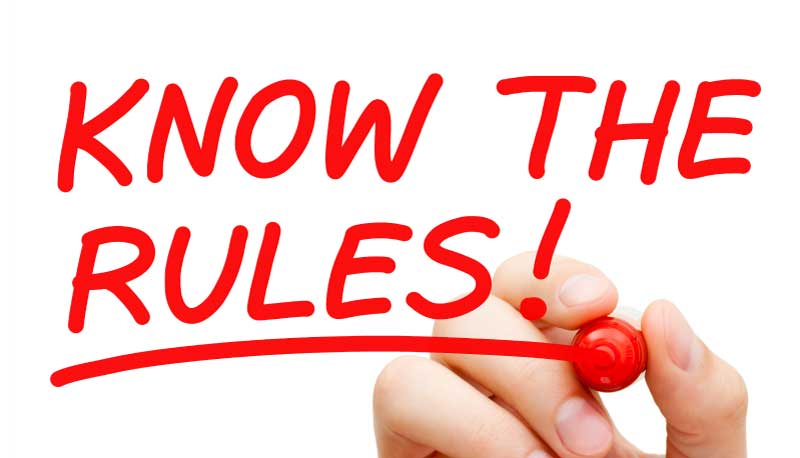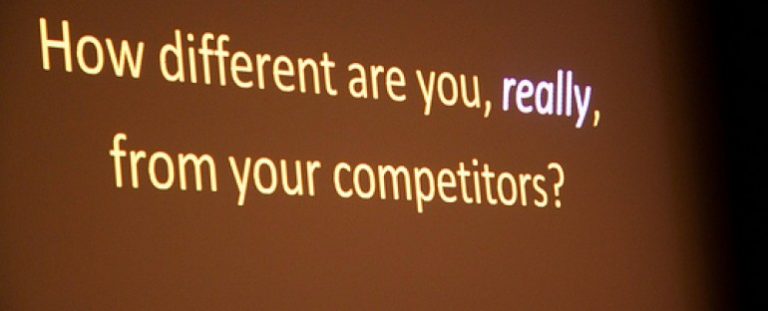Content Marketing Isn’t Scary. Conquer Your Fear.
So you want to build your content, but where do you start? What is content marketing strategy?
Basically, it means how to develop your marketing content strategically and using it across all of your marketing platforms. In the past, when a company created marketing content, minimal strategy went into the design and creation of it.
Of course, they ensured the messaging was right, the target audience was identified, but content strategy goes well beyond those points. For example, if a company created a brochure, there was no consideration on how to use the material online, say on a blog or social media, or how to optimize content to cross multiple platforms.
Don’t waste your time going down this rabbit hole. Anytime you are developing content for any medium, consider its applications wherever you put words – your blog, website, social media, sales pieces and more.
Now let’s dive into blogging and developing content for it and using it effectively. If you aren’t sure if a blog is right for you, read this.
Content Marketing Changes
Many elements are changing the way we write our marketing content:
- Changes to search engines algorithms have affected how our blog ranks and is viewed. For an example, Google’s recent algorithm update is focused on quality of content, not quantity so posting quality rich content is better than pumping out short, poor quality blog posts daily.
- Marketing time is stretched so writing one marketing piece and repurposing it for many channels is even more important today
- Keywords in blogs and on websites play a vital role in how search engines rank your website. This is not entirely new but the emphasis has increased in recent years so keywords are considered from the very first step in content strategy.
Key Online Content Considerations
- Have a catchy title. A snappy title intrigues the reader to read more when they see it on social media and on your home page.
- Your first line needs to grab the reader and pull them in. Opening with something catchy gives a reason to keep reading the rest of your post. You have mere seconds to capture their attention before they are pressing the back button.
- Use bullet points when listing things or conveying important points. They are easier to read and have a better retention value.
- Avoid big paragraphs – they should only be 2-4 sentences per paragraph. Large block text is difficult to read and is usually skimmed over.
- Avoid buzzwords and clichés. Ensure your reader will understand the language and terms you are using.
- Avoid overpromising or things you can’t prove. Example: This will be the best sandwich you will eat in your life.
- Unless it is simply a branding awareness ad or post, close with a call to action – make them want to interact with you. At the end of a blog, ask a question so they will leave a comment. On a website, have a contest entry if they go like your social media pages. In a letter or email, tell them to call to book their next consultation.
- If using a digital medium such as a blog or website, consider your keywords and how they influence your website and blogs ranking. Check out Google Keyword Tool for help here.
- Keep all your marketing platforms in mind when developing your content. If you are writing a sales letter to send out to prospective clients, think of how you can rework the content to fit into a blog post and later be shared on social media.
Thoughts on Content Marketing?
What would you add to this list? What would you change? Share your thoughts in the comment.
Need help getting your content going? Reach out to us!








